We all want to know we’ve done everything to ensure our pet lives a long, healthy life. Understanding the nuances of pet nutrition can be daunting, but the payoff is a lively, content companion. Here are 13 feeding tips designed to boost your pet’s health and lifespan, presented in a way that makes incorporating them into your daily routine feel as intuitive as scratching your dog’s belly.
1. Personalize Their Food

Selecting the appropriate food for your pet is akin to setting the foundation for their overall health. Whether it’s kibble, canned, or raw food, each type has its own set of benefits. Dry kibble is often praised for its dental benefits, while wet food can be more palatable for picky eaters. Raw diets, though controversial, can be beneficial if carefully balanced.
Research from the American Veterinary Medical Association suggests that consulting with a veterinarian before making a drastic change in diet is crucial. They can help you determine the best nutritional plan based on your pet’s specific breed, age, and lifestyle. Avoiding generic brands and opting for quality can make a significant difference. Remember, the most expensive option isn’t always the best; it’s about the right balance of nutrients.
2. Pay Attention to Portion Sizes

Overfeeding is a common mistake that many pet owners make, often with the best intentions. Those soulful eyes can be pretty convincing, leading you to dish out more than necessary. But too much food can lead to obesity, a condition that shortens your pet’s lifespan and diminishes their quality of life. Reading the feeding guidelines on the food package is a good starting point.
However, these guidelines are just that—guidelines. Factors such as exercise, age, and metabolism can influence how much your pet should eat. A more active dog might require more food than a sedentary one. Regularly consulting with your vet and adjusting portions as needed is a smart move.
3. Understand the Importance of Protein
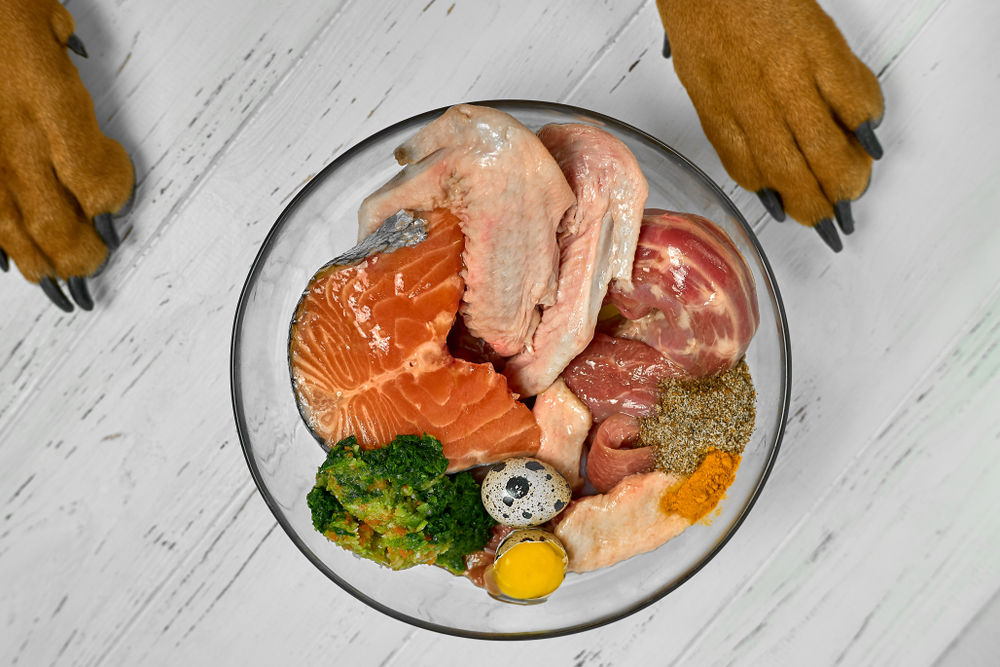
Protein is an essential part of your pet’s diet, supporting muscle development and overall growth. For dogs, protein should come from animal sources like chicken, beef, or fish, while cats require even higher amounts due to their carnivorous nature. It’s important to remember that not all protein sources are created equal; quality matters as much as quantity.
According to a study published in the Journal of Animal Physiology and Animal Nutrition, the right balance of protein can greatly enhance your pet’s health. It’s a key player in maintaining healthy skin, shiny coats, and lean muscles. Be wary of foods that use fillers instead of real meat sources. A diet rich in high-quality protein supports a robust immune system and contributes to a vibrant, active life.
4. Incorporate Fresh Fruits and Vegetables
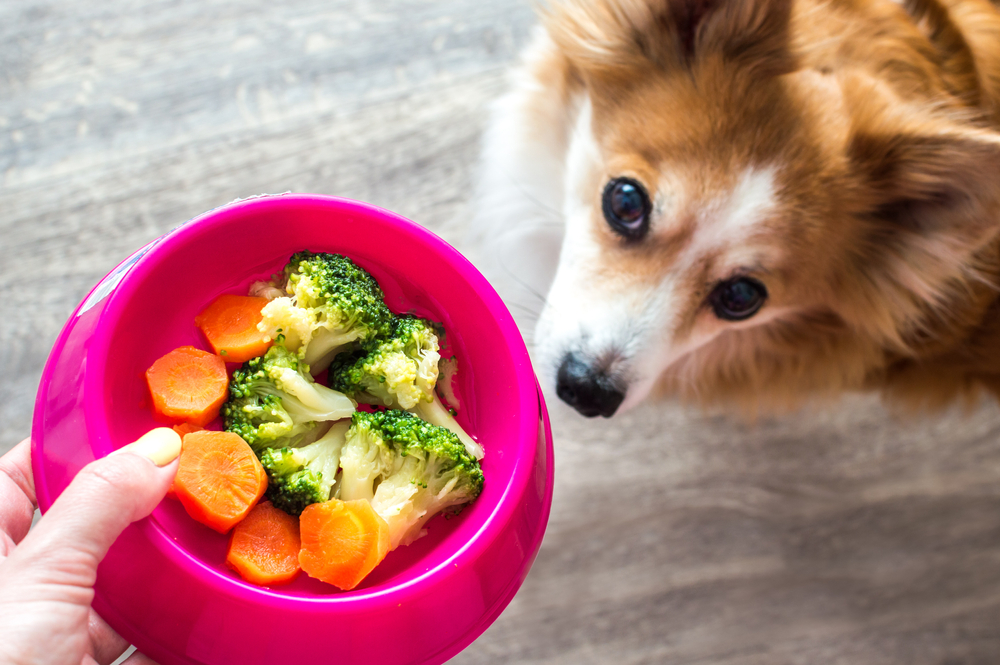
Supplements aside, fresh fruits and vegetables can be a great addition to your pet’s diet. They provide essential vitamins and antioxidants that processed foods might lack. Dogs might enjoy carrots, green beans, or apples, while cats might nibble on a bit of cucumber. Remember, moderation is key, as too much can upset their digestion.
Always research which fruits and veggies are safe for your pet. Grapes and onions, for example, are toxic to dogs. Introduce any new food gradually to watch for adverse reactions. Your pet might have specific likes and dislikes, so experiment with what works best for them.
5. Monitor Your Pet’s Weight
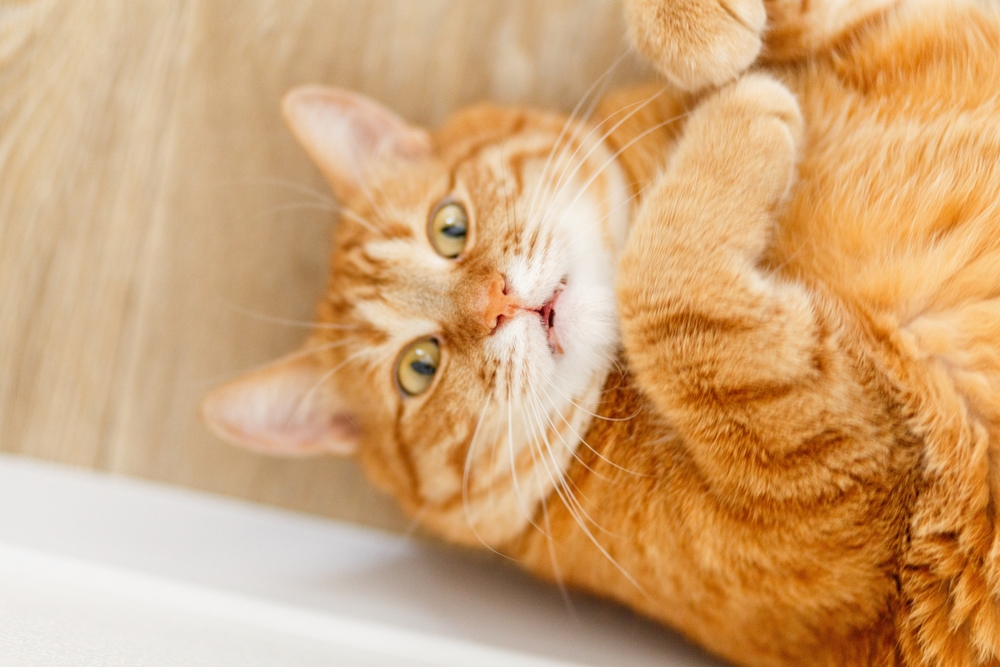
Keeping an eye on your pet’s weight is crucial for their health and longevity. Obesity in pets isn’t just about appearance; it’s linked to serious health issues like diabetes, arthritis, and cardiovascular problems. Regular weigh-ins can help you catch any unwanted changes early. It’s not about being obsessive but rather proactive in managing their health.
According to the Association for Pet Obesity Prevention, over 50% of dogs and cats in the US are overweight. This staggering statistic highlights the importance of regular weight monitoring. Your vet can offer guidance on ideal weight ranges for your pet’s breed and age. Maintaining a healthy weight through balanced feeding and exercise can add years to your pet’s life.
6. Avoid Table Scraps
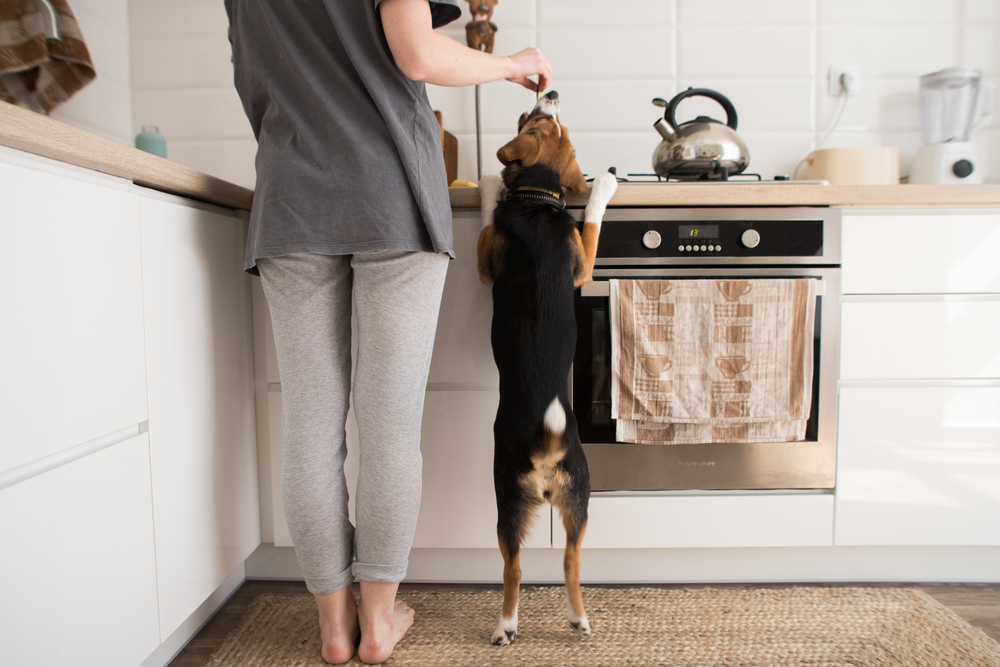
While those pleading eyes might be hard to resist, feeding table scraps can lead to unhealthy eating patterns. Human food often contains ingredients that are harmful to pets, such as excessive salt, sugar, and spices. Even a small piece of chocolate or onion can be toxic. Reinforcing these feeding habits can also encourage begging behavior, which can become annoying over time.
If you can’t resist the urge to share, make sure it’s a pet-safe food item. Opt for plain, unseasoned meats or vegetables. Setting boundaries not only benefits their health but also maintains discipline. Training your pet to stick to their food can reduce the risk of dietary-related health issues.
7. Stay Consistent with Feeding Times

Routine is as comforting to pets as it is to people. Consistent feeding times help regulate metabolism and digestion, contributing to a healthier lifestyle. Dogs and cats thrive on routine, and feeding them at the same time each day can bring a sense of security. This predictability also helps with potty training and behavior management.
A study published in the journal PLoS ONE highlights the importance of consistent meal timing for weight management and overall well-being. Sporadic feeding can lead to anxiety and digestive issues. Establishing a routine can also help you monitor any changes in appetite that might indicate health problems. Regular feeding schedules can turn mealtime into a calm, enjoyable experience for both you and your pet.
8. Ensure Fresh Water Is Always Available
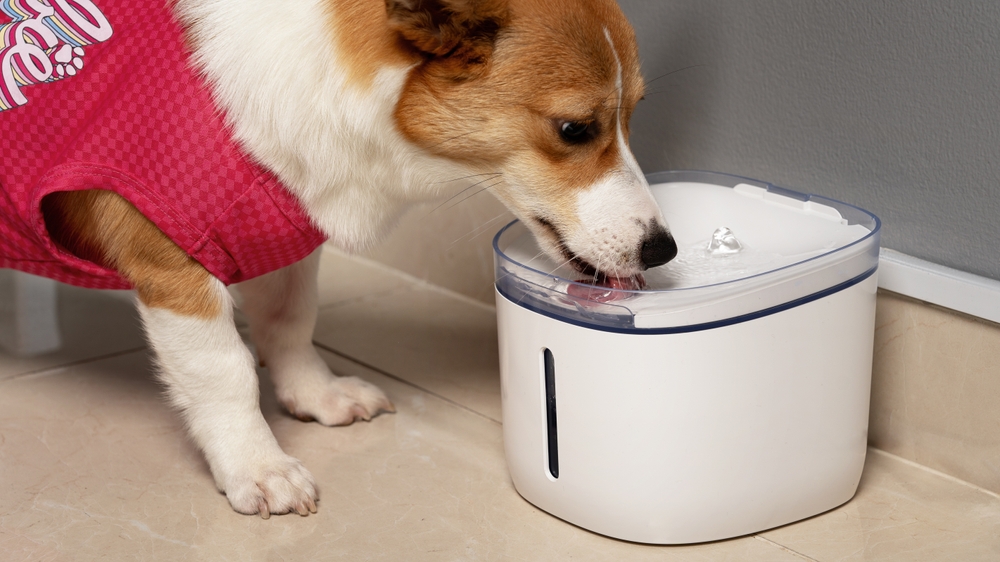
Hydration is critical for your pet’s health, just as it is for yours. Water supports every vital function, from digestion to temperature regulation. Without adequate water, pets can suffer from urinary tract infections and kidney problems. Make sure your pet has access to fresh, clean water at all times.
Consider using a pet water fountain if your pet is reluctant to drink. Running water is often more appealing than stagnant, and fountains can encourage more regular drinking. During hot weather or after exercise, your pet will need more water than usual. Regularly check and refill their bowl to ensure they’re getting enough.
9. Understand Special Dietary Needs
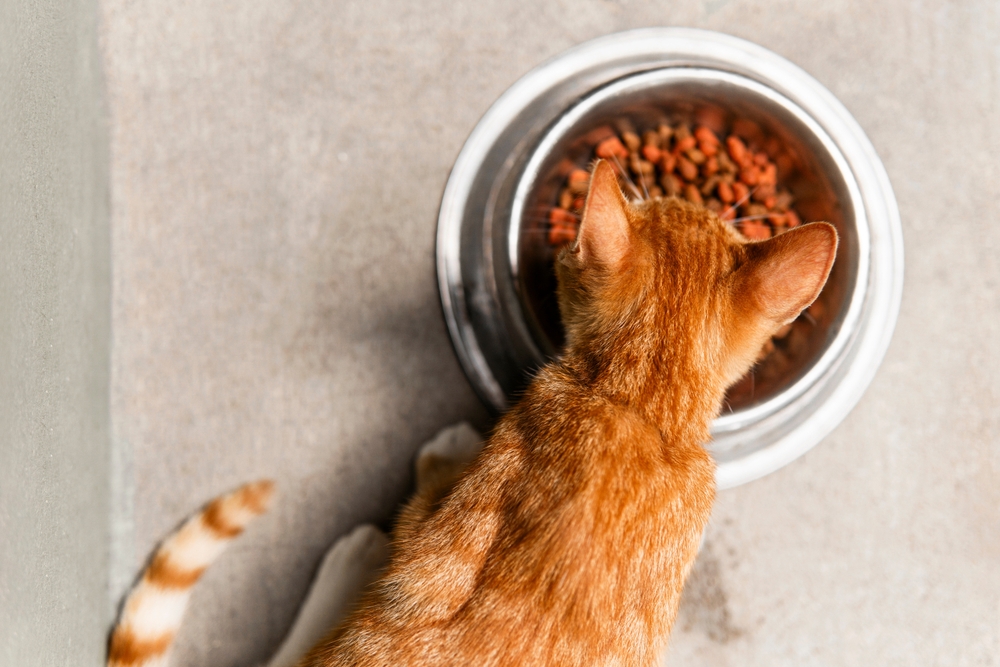
Each pet is unique, and some have special dietary requirements. Puppies and kittens need more calories and nutrients to support their rapid growth. Senior pets might require fewer calories but more fiber and specific nutrients to support aging bodies. Pets with allergies or medical conditions may need specially formulated diets.
Consulting with your vet is crucial when it comes to special dietary needs. They can recommend specific brands or formulations to address your pet’s particular needs. Don’t shy away from trying prescription diets if recommended by a vet. Tailoring your pet’s diet to their individual needs can greatly improve their quality of life.
10. Use Treats Wisely

Treats are a wonderful way to reward good behavior, but they should be given in moderation. Overindulgence can lead to weight gain and nutritional imbalances. Choose healthy, low-calorie treats that contribute positively to your pet’s diet. Always account for treats in their daily calorie intake to avoid overfeeding.
Using treats for training can be highly effective. However, it’s vital to ensure that treats make up only a small portion of their overall diet. Consider breaking treats into smaller pieces to make them last longer. Remember, the goal is to reward, not replace their regular meals.
11. Be Cautious with Raw Diets

Raw diets have gained popularity, but they require careful planning to ensure nutritional balance. While some pet owners swear by the benefits, these diets can pose risks if not done correctly. Issues such as bacterial contamination and nutrient deficiencies are concerns. Raw diets may not be suitable for all pets, especially those with compromised immune systems.
Before switching to a raw diet, thorough research and consultation with a veterinary nutritionist are essential. They can help design a balanced raw diet that meets your pet’s nutritional needs. Always ensure high hygiene standards to prevent bacterial infections. Raw feeding isn’t for everyone, so weigh the pros and cons before making the leap.
12. Regularly Check for Recalls

The pet food industry occasionally faces recalls due to contamination or mislabeling. Staying informed about recalls is crucial to protect your pet from potential health risks. Subscribe to recall alerts from reliable sources to stay updated. Knowledge is your best defense in keeping your pet safe from harmful products.
Act quickly if a recall affects your pet’s food. Stop feeding the recalled product immediately and dispose of it safely. Contact the manufacturer for more information or refunds, and consult your vet for alternative feeding options. Regularly checking for recalls ensures that your pet’s food is always safe and healthy.
13. Transition Foods Gradually
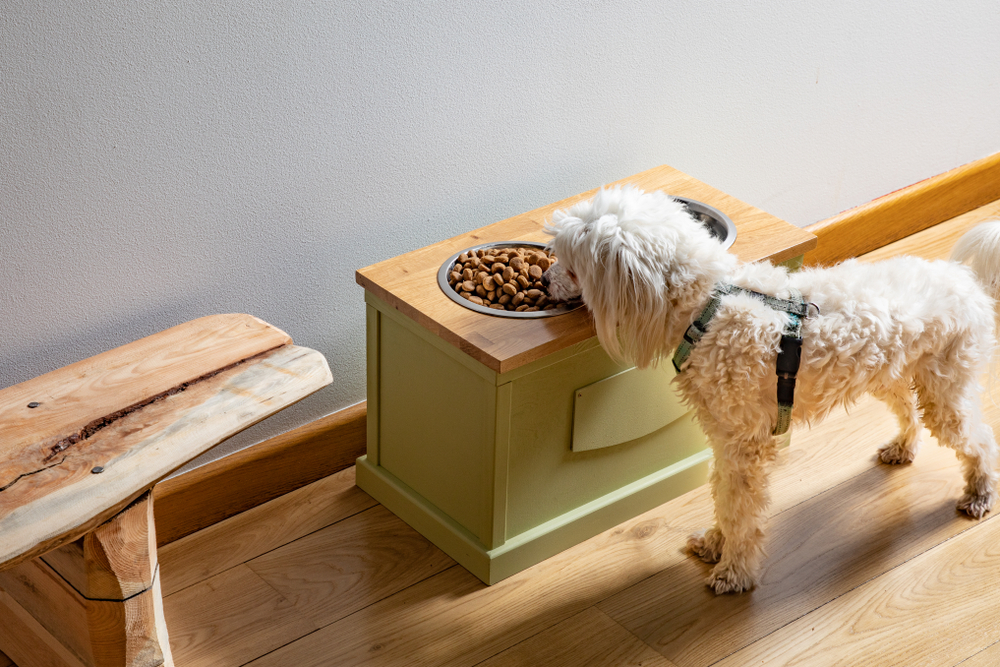
Switching your pet’s food abruptly can lead to digestive issues such as diarrhea or upset stomach. When introducing new food, do so gradually over a week. Start by mixing a small amount of the new food with the current food, increasing the new food’s proportion daily. This gradual transition helps your pet adjust to the new food without gastrointestinal distress.
Pay attention to any adverse reactions during the transition. If your pet refuses to eat or experiences digestive problems, slow down the process or consult your vet. Variety is great, but stability in their diet is equally important. A careful transition minimizes stress and keeps your pet happy and healthy.
